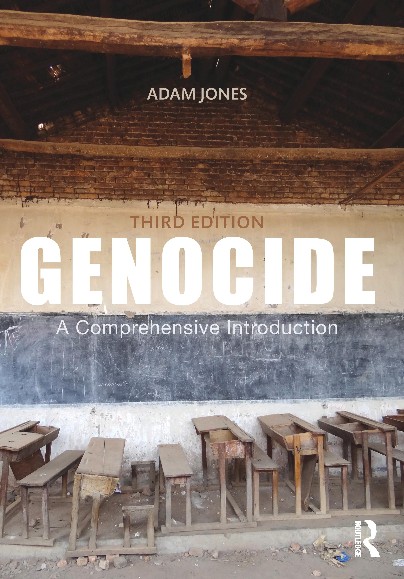They Survived the Rwandan Genocide
By James Estrin
The New York Times (Lens blog), March 25, 2010
"As a teenager in Cairo 16 years ago, Myriam Abdelaziz was haunted by images of the Rwandan genocide. She had trouble comprehending the scope of the massacres, seeing them in photographs and on television. An estimated 800,000 people were killed by the Hutu, most of them Tutsi or Hutu moderates, many of them butchered with machetes. The rest of the world soon shifted its attention to newer conflicts and disasters. But Ms. Abdelaziz did not forget. She grew up to become a corporate marketer in France, then a photographer. She moved to New York and studied at the International Center of Photography, from which she graduated in 2005. Two years later, she traveled to Rwanda to see for herself what had happened in 1994. Though the killing had stopped, she learned, survivors were still living closely with the physical and emotional effects of the brutality. 'People lost their homes, lost their families and lost their limbs,' Ms. Abdelaziz said. Hearing their stories was deeply upsetting. Equally shocking to Ms. Abdelaziz was the lack of response from the world community to the plight of Rwandans. 'They need surgery and psychiatric help,' she said, 'and they're still not getting it. There is a lot of need.' Everyone she met had been affected, but most survivors rarely talked about their own experiences. To learn more from her subjects, to put them at greater ease and to earn their trust, she would spend hours listening to their life stories. From the beginning, she realized that their words would be an integral part of her project, 'Portrait of a Genocide.' 'Some scars are intimate and some of them find them ugly; they’re uncomfortable,' said Ms. Abdelaziz, who is now 34. 'To make them feel comfortable about having their picture taken, I really felt that I needed to listen to everything they had to say.' The simple, straightforward portraits were taken after the interviews, using just a reflector and a medium-format camera on a tripod. Often, she photographed for only a few minutes. [...]"
Thursday, March 25, 2010
Subscribe to:
Post Comments (Atom)














No comments:
Post a Comment
Please be constructive in your comments. - AJ